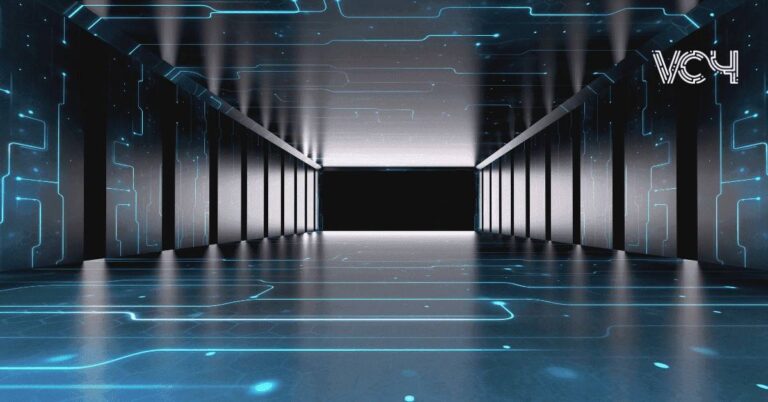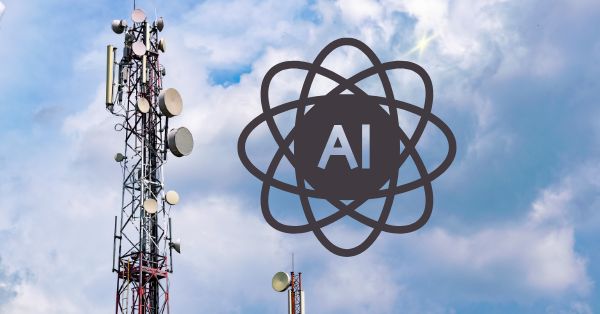- Tech News & Insight
- November 20, 2025
- Hema Kadia
Airbus Defence and Space has introduced Agnet Direct, a multi-mode extension to its 3GPP-based Agnet portfolio that keeps teams connected when commercial or private 4G/5G coverage is compromised. Agnet Direct has been validated within France’s Réseau Radio du Futur (RRF), the nationwide secure broadband network for domestic security and emergency





























